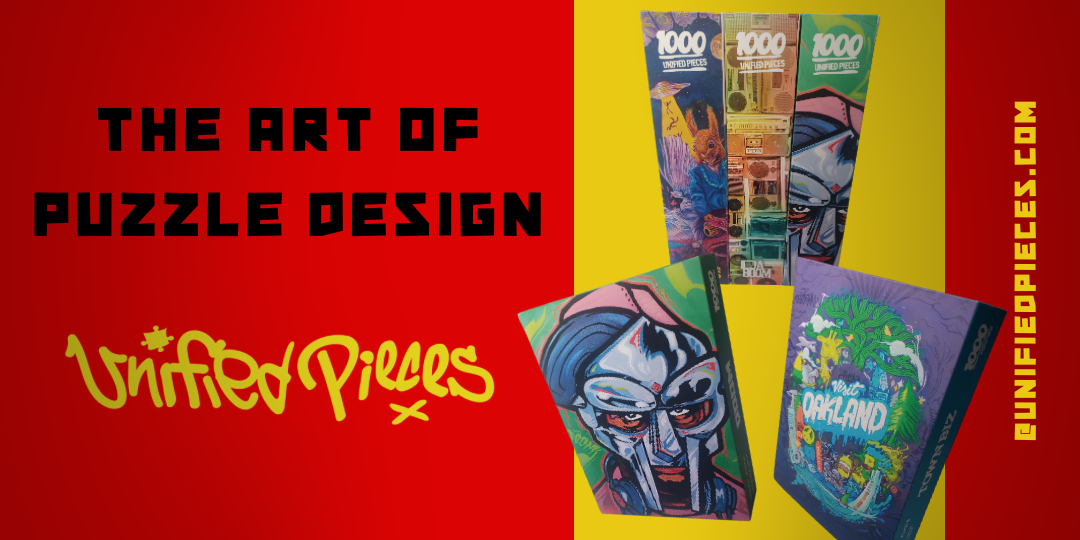The art of puzzle design lies at the intersection of creativity and logic, forming a bridge between the visually stunning and the intellectually stimulating. “The Art of Puzzle Design: A Blend of Beauty and Challenge” takes you on a journey through the process of crafting puzzles that captivate the mind and delight the senses.
The Philosophy Behind Puzzle Design
At its heart, puzzle design is about creating an experience. It’s a delicate dance between challenging the solver and providing them with a pathway to the solution. The best puzzles strike a balance, offering just enough difficulty to make the achievement of solving them rewarding, while ensuring the journey is enjoyable and accessible.
The Aesthetic Appeal
Visual design plays a crucial role in puzzle creation. Aesthetically pleasing puzzles draw solvers in, inviting them to engage with the challenge. Color, shape, and pattern are not merely decorative elements but are integral to the puzzle’s structure, guiding the solver through the problem-solving process.
Cognitive Challenges
The essence of a puzzle lies in its challenge. Puzzle designers use a variety of techniques to engage solvers’ cognitive skills, such as pattern recognition, logical deduction, and spatial reasoning. The goal is to create a puzzle that is solvable but requires thought, patience, and sometimes, a flash of insight.
The Creative Process
Designing a puzzle is a creative endeavor that involves iteration, experimentation, and refinement. Designers often start with a concept or theme, then build the puzzle mechanics around it. The process can be both methodical and intuitive, as creators balance the logical structure with the thematic elements to craft a cohesive and engaging puzzle.
Technology and Innovation in Puzzle Design
Advancements in technology have opened new avenues for puzzle design, allowing creators to experiment with digital formats, interactive elements, and augmented reality. These innovations expand the possibilities for puzzle interaction, offering solvers immersive and dynamic experiences.
Community and Collaboration
The puzzle community plays a significant role in the evolution of puzzle design. Feedback from solvers drives designers to continually refine their creations, while collaborations among creators foster innovation and diversity in puzzle concepts and execution.
In conclusion, “The Art of Puzzle Design: A Blend of Beauty and Challenge” celebrates the creativity, skill, and passion behind crafting puzzles. As solvers, we are invited to appreciate not only the intellectual challenge puzzles present but also the artistic vision and effort that go into their creation. Whether physical or digital, simple or complex, puzzles remain a testament to the human love for problem-solving and the joy found in the journey from confusion to clarity.

